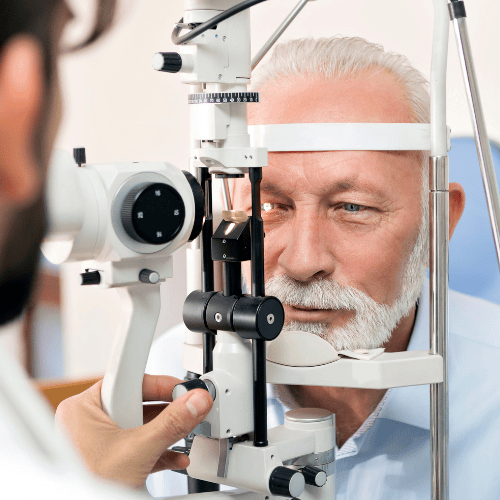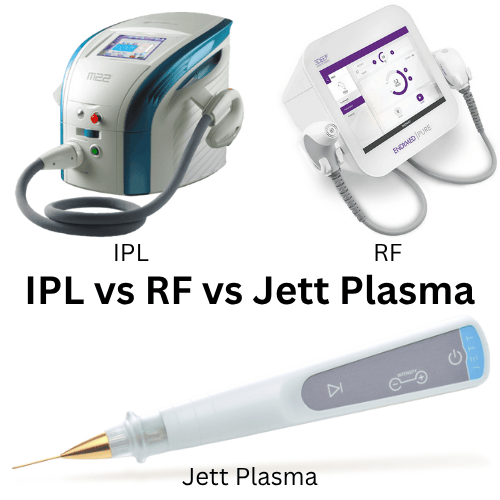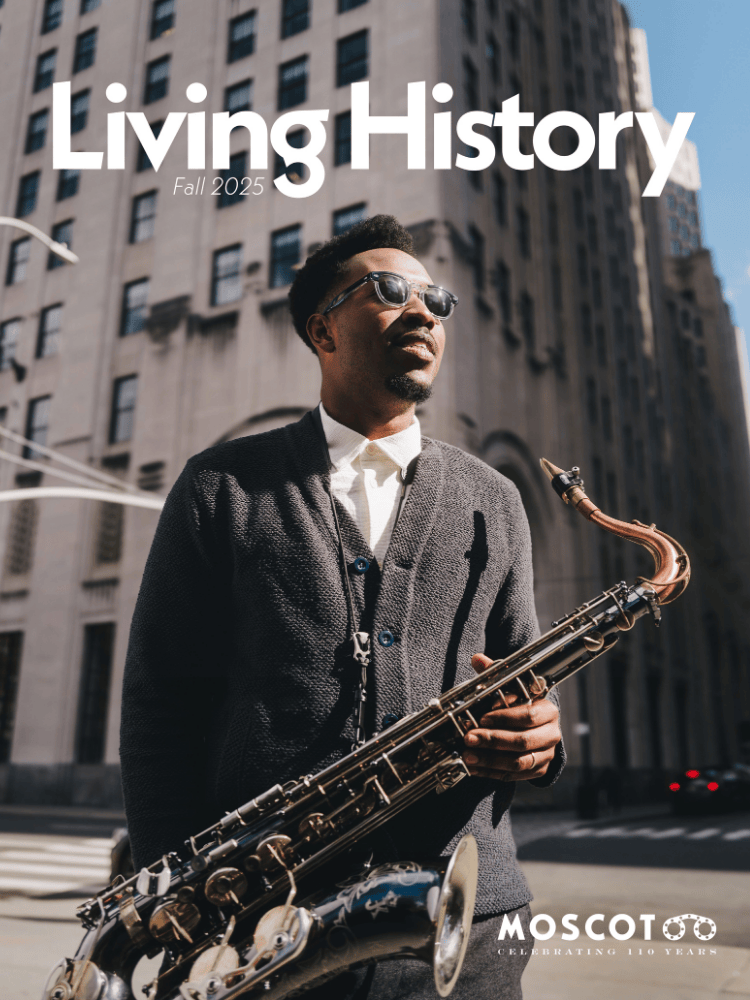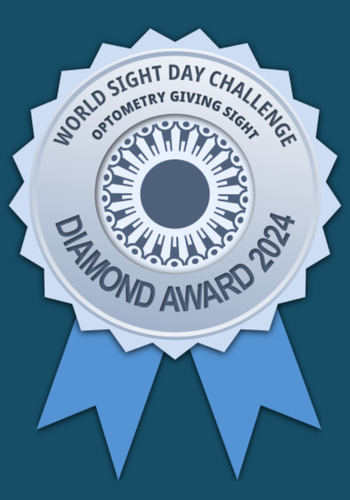Our optometrist tries Progressives..here’s what he thinks
It finally happened. Maybe I was in a bit of denial, telling myself “it’s really not that bad yet”, but fine print was starting to get harder and harder to see clearly. As so many of my patients have told me, almost overnight it seemed that I was doing the “trombone” thing – moving my arms out further to see up close. OK, maybe not overnight, but definitely within the past year. And lighting – who turned down the lights lately? If I was wearing my contacts in a dim restaurant, I had to hand the menu to my wife (Dr. Michele to most of you) to read it, which really burns me because I am actually a couple months younger. She also told me many times how tired she is of me looking under or over my glasses to see things better up close. So she got me in for an eye exam, and afterwards with a little gleam in her eye said “it’s official, you need progressives!” (I am still wondering why she is getting so much amusement out of this)
Katrina measured me up using our new iTerminal – this technology measures exactly how a frame sits on your face to get subtle dimensions like tilt angles and distances from lens to eye – no more drawing little dots on lenses and using outdated instruments. She analyzed the data and told me that I have a slight head turn to the left during most viewing conditions. I had no idea I had this although we have picked this up on many other patients – this helps us design their lenses with the greatest possible precision. She also adjusted the frames perfectly prior to taking the measurements. I chose an Etnia frame (purple, believe it or not) for my Nikon Seemax Power progressives, and an OGA frame (bit more conservative) for my Zeiss Individual progressives. I added Transitions to both pairs of course for auto-darkening and UV protection. The benefits of the digital lens technology that Nikon and Zeiss pioneered are too numerous to list here, however, I trusted them to deliver me a superior result as I have observed in so many of my patients.
The verdict? The OGAs with the Zeiss lenses came in from the lab first. My first experience upon putting them on – ZERO eyestrain while looking up close, but a hint of distortion off to the side. I did notice that my distance viewing zone was somewhat smaller than what I was used to, and it was a bit difficult to “find the zones” which required me to do some head bobbing to establish clear vision. To say I was completely comfortable with the glasses within the first few days would be a stretch. Night driving was also a little off compared to what I was used to. My optical staff observed that a slight adjustment was needed to the tilt of the frame – once this was done it really helped a lot.
So, as I have advised many of my patients to do, I persisted. After the first week I was driving home from a particularly long and busy day at the office, and I suddenly noticed that the road signs were crystal clear! My brain (the part of me that actually does the “seeing”) had figured out how to interpret the new signals and had adapted. Right around this time I got my Etnias with the Nikon lenses. Totally different frame with a longer “corridor” (the part from where my eye sits to the bottom rim) and even though the lens design was different from the Zeiss lenses, I adapted within about two days.
I now enjoy clarity of vision and top vision performance at all distances with absolutely no distortion. I now also completely understand what all my “40+” friends have been going through. It may take a little longer in some to learn the new way of seeing but the outcome is well worth it. I had a bit of an unfair advantage though – I knew from experience that accurate measurements, superior products and cutting edge technology would deliver the best result (any one of these variables can significantly affect the outcome if not done correctly) . With this winning combination we have the best chance of enjoying the visual experience of life in true HD quality.
Now, if only Dr. Michele needed them too…we’ll see, she’s due for an eye exam soon.
-Dr. W











